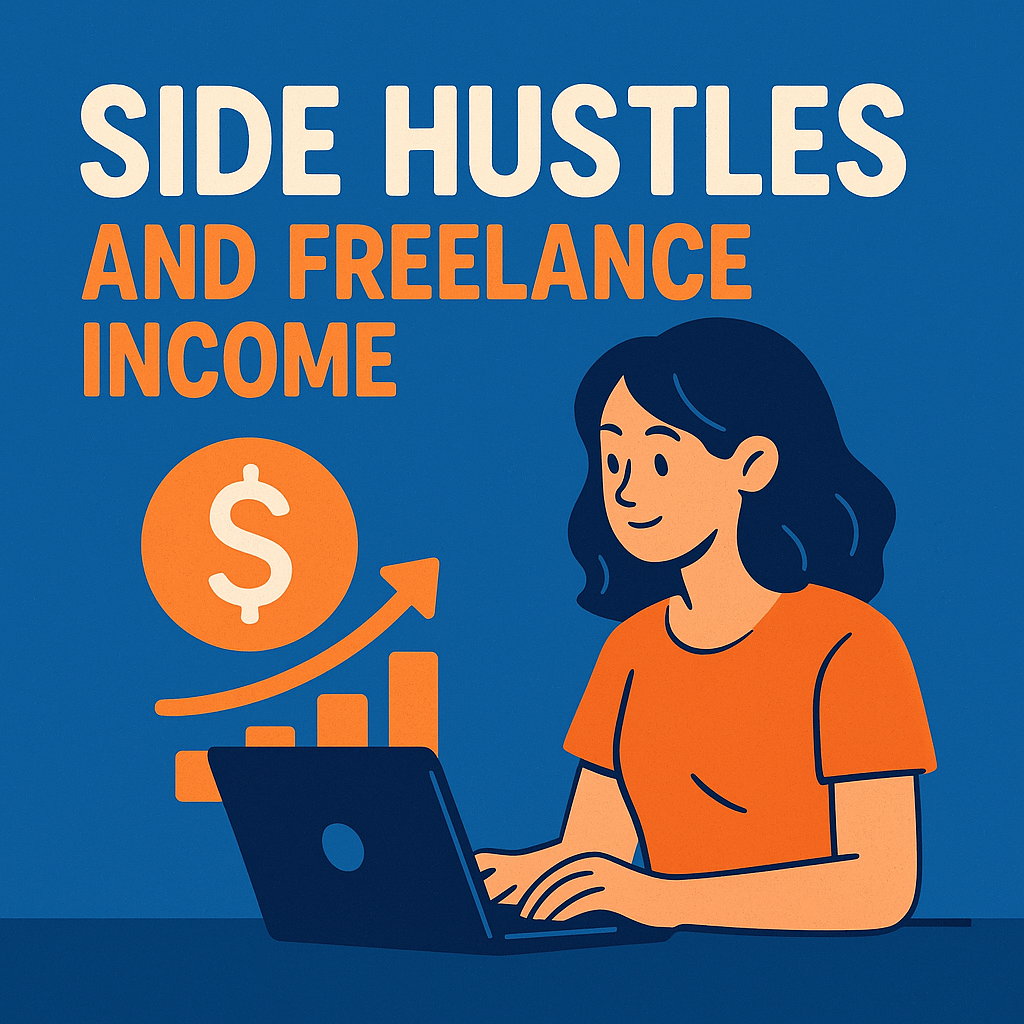Side Hustles & Freelance Income: What You Need to Report to the IRS
Here’s what you need to report—and why it matters:
1. 💸 All Income Counts
Yes, all of it. Even if you didn’t get a 1099 form, you’re still required to report any income you earned. This includes cash, PayPal, Venmo, or other third-party payments.
2. 🧾 Watch for 1099-NEC or 1099-K
1099-NEC: If a client pays you $600+ during the year.
1099-K: Starting 2024, if you earn over $5,000 through apps like PayPal, Cash App, or Venmo, you might get this form.
3. ✍️ Keep Good Records
Track your income and expenses—think mileage, supplies, software, home office costs. These can lower your taxable income!
4. 🧮 Pay Self-Employment Tax
Freelancers pay both the employer and employee portions of Social Security and Medicare taxes (15.3%). Don’t forget to factor this into your budget.
5. 📅 Make Quarterly Payments
If you expect to owe $1,000 or more in taxes, the IRS wants you to pay as you go—usually through quarterly estimated payments.
6. 🧑💼 Consider a Tax Pro or Software
Taxes can get tricky fast with freelance work. Using tax software or hiring a pro can help you maximize deductions and avoid mistakes.
Bottom line: Hustling on the side is great for your wallet—but don’t let taxes catch you off guard. Report everything, deduct wisely, and stay ahead of deadlines.
